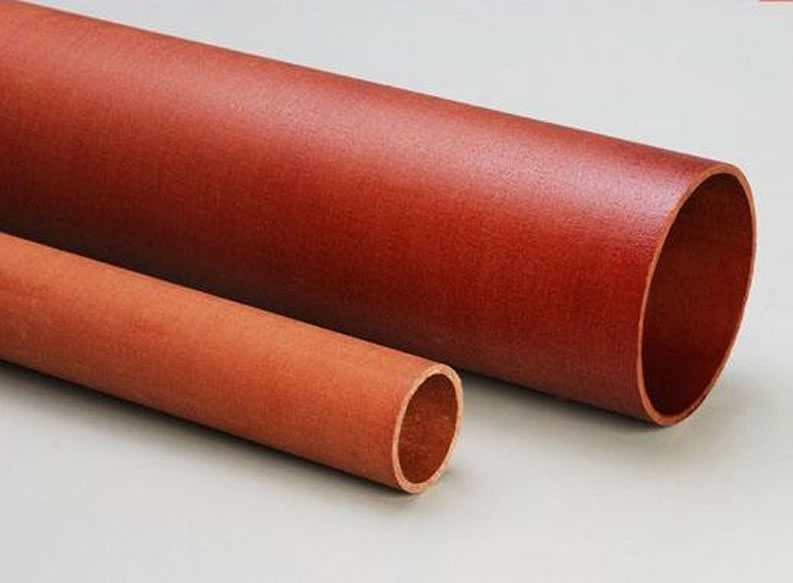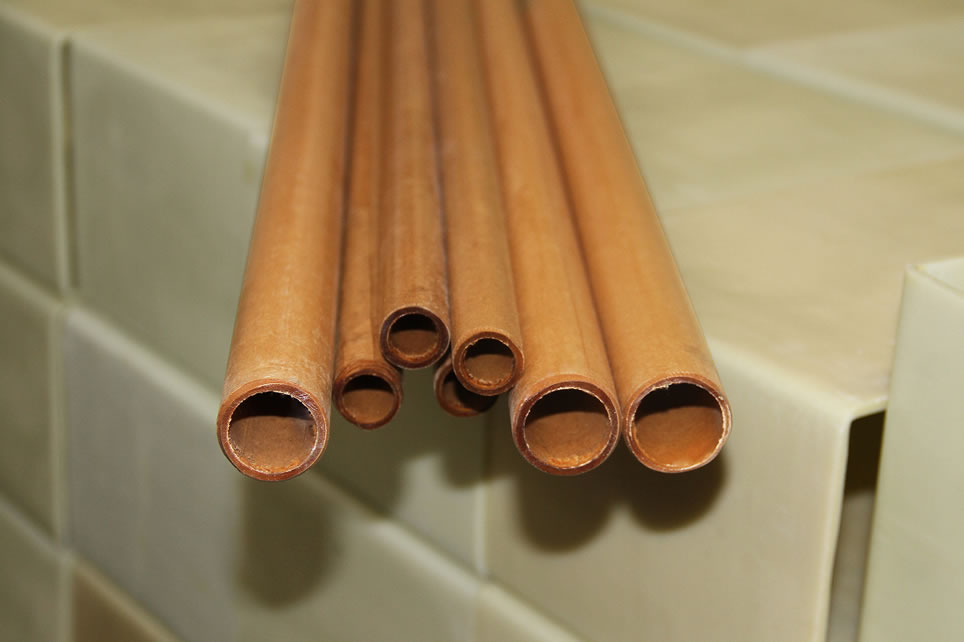Implementation standard: JB/T3172-1999
Performance: 3520 phenolic laminated paper tube is a thermosetting phenolic laminated paper tube made of insulating winding paper as the base material and phenolic resin as the adhesive through hot rolling and baking.
Product features: 3520 phenolic laminated paper tube, heat resistance grade E, with high dielectric properties and certain mechanical properties,
Suitable for transformer skeleton and electrical equipment as insulating parts, can be used in transformer oil.
Appearance: The surface should be flat, no defects such as delamination, ridges, bubbles, etc. are allowed, but wrinkles and processing marks that do not exceed the allowable deviation of wall thickness are allowed. The surface is allowed to have a small amount of impurities that do not affect its surface withstand voltage, slight color unevenness, scratches and glue flow marks, etc. The inner wall is allowed to have slight wrinkles, bubbles and core film indentations that do not affect the vertical withstand voltage, and the end face should be cut neatly. The end face of the wall thickness above 13mm is allowed to have slight cracks.

Nominal inner diameter: 5.0-1200mm
Nominal wall thickness: ≥1mm
Nominal length: 350-1600mm
Product description:
3520 products are made of insulating winding paper as the base material and phenolic resin as the adhesive, which is heated, rolled, pressed, baked and cured. The product has good dielectric properties in the dry state and is suitable for use as insulating structural parts of electrical equipment in dry environments and transformer oil.
3526 products are made of cotton cloth impregnated with phenolic resin, which is hot rolled, baked and cured. The product has good mechanical, electrical properties and wear resistance, and is suitable for use as electrical equipment structural parts and bearing retainers.
3520 and 3526 insulation heat resistance grade is E grade (120℃).
| Standard: JB/T3172-1999(3520), GB/T 5132-2009, IEC61212-2006 | ||
| Chinese Name | 3520 | |
| IEC | PFCP22 | |
| NEMA | - | |
| Basic Material | Paper | |
| Resin | Phenolic | |
| Color | Brown | |
| Item | Unit | Value |
| Density | G/M³ | 1.0~1.1 |
| Vertical Layer Bending Strength(Normal) | Mpa | ≥90 |
| Axial Compressive Strength | Mpa | ≥60 |
| Parallel Layer Breakdown Voltage (90℃ Transformer Oil) | Kv | ≥25 |
| Vertical Electrical Strength (90℃ Transformer Oil) | Kv/Mm | ≥8 (Wall thickness:3.0mm Inner diameter:20mm) |
| Dielectric Loss Factor(50Hz) | - | ≤0.03 |
| Water Absorption | % | ≤8(3mm) |
| Temperature Index | - | 120 |
⑴Appearance and color: Observe and evaluate with the eyes.
⑵Dimensions and allowable deviations: in accordance with GB/T5132.
⑶ The mechanical processing performance is carried out according to the agreement between the supply and demand parties.
⑷ Thermal stability, bending strength, and loss factor are carried out according to JB/T3172.
⑸ The withstand voltage in the vertical and parallel layers is carried out according to GB/T1408.
⑹ Others are carried out according to GB/T5132 and JB/T3172.

⑴ Laminated tubes are different from metals in nature, and should be processed according to JB/Z141.
⑵ Laminated tubes have low thermal conductivity, so small feed and high cutting speed should be used during mechanical processing.
⑶ Laminated tubes are susceptible to moisture after processing, so it is best to dip and coat insulating paint for moisture-proof treatment.
⑷ Laminated tubes are prone to generate a lot of dust and odor during mechanical processing, so ventilation and dust removal and worker labor protection should be strengthened.
⑸ Laminated tubes are better to be processed by dry method, because wet method (cooling with water) can easily affect its dielectric properties and affect its use.
⑴ Moisture and humidity should be prevented during product storage and transportation.
⑵ The product should be stored in a dry and well-ventilated environment. The storage period is 1 year.
⑶ If the product exceeds the storage period, it can still be used after passing the inspection.